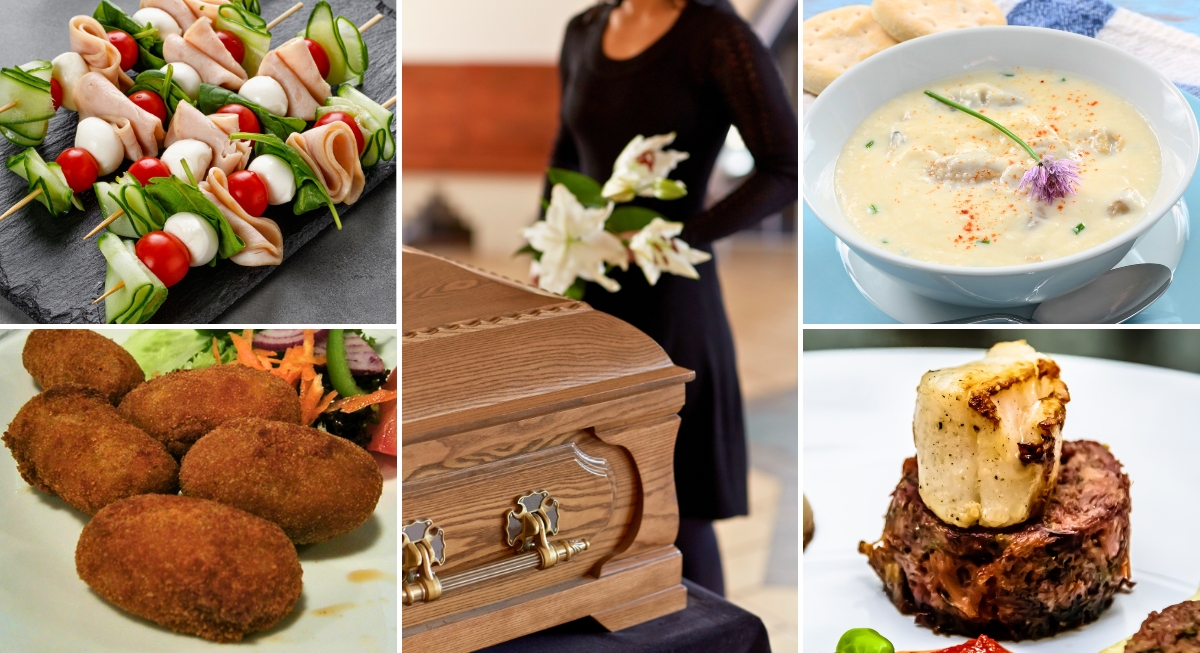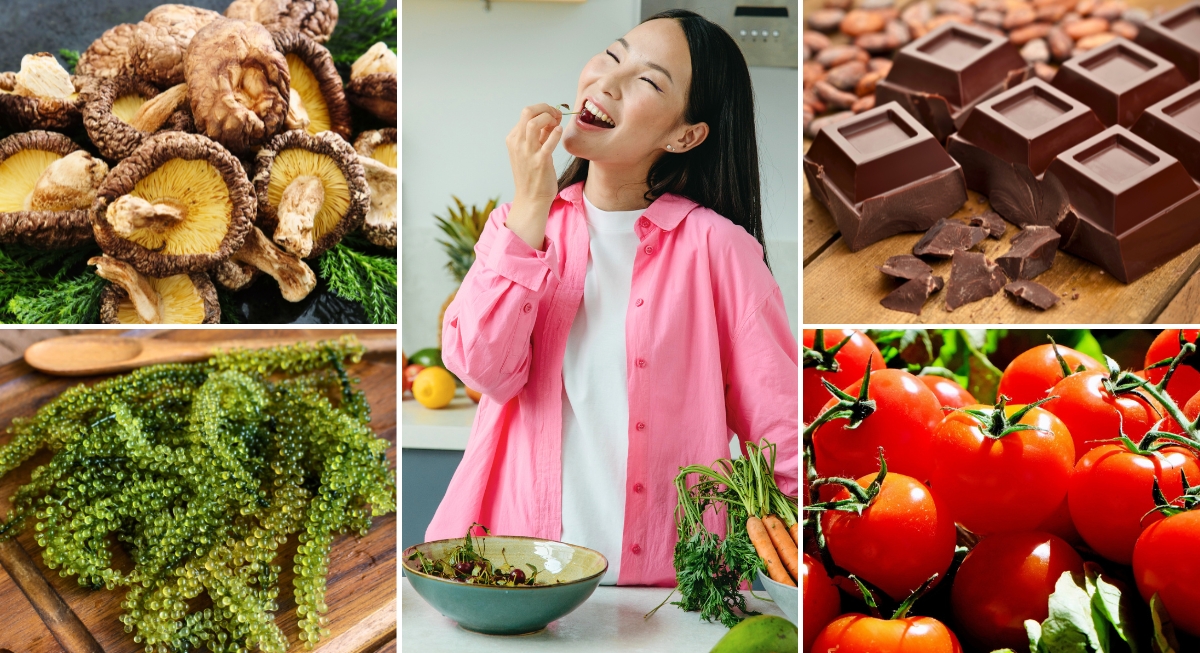Exploring the food of the 1700s is about rediscovering dishes that can still delight today’s palates. Many of these recipes once fed entire communities and even made their place on royal tables. Not only did they have rich flavors and seasonal ingredients, but they also held cultural importance. No wonder many people believe these recipes deserve another chance.
Let’s discover a few forgotten recipes from the 1700s that absolutely deserve a spot in your kitchen.
Sally Lunn Bread
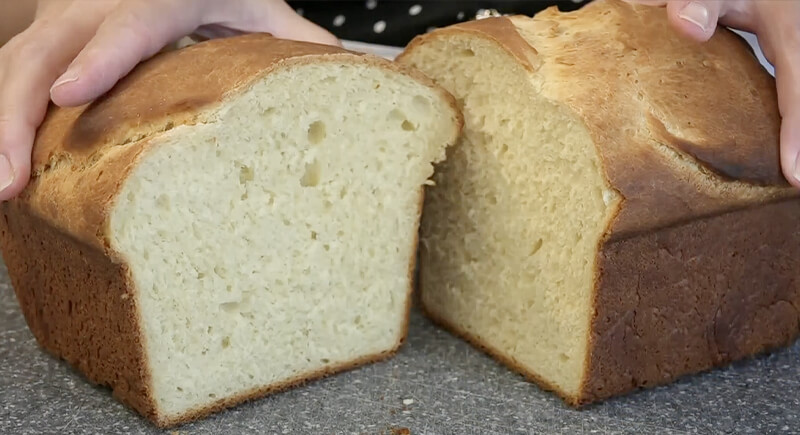
Credit: Youtube
The golden loaf was introduced in the late 1600s in Bath, England, and eventually became a hit by the 1700s. The bread had a brioche feel but was way airy and lighter. It was a must-have with tea and even served with dinner.
Apple Tansey
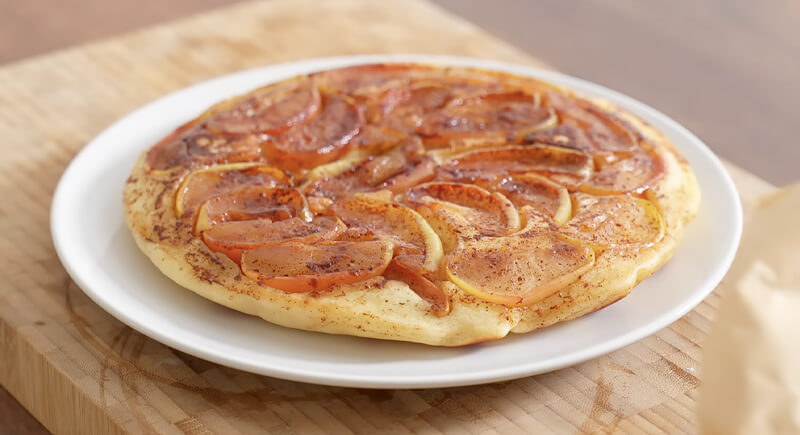
Credit: Youtube
Apple tansey came from early English cookbooks like The Art of Cookery (1747). It mixes apples, eggs, sugar, and nutmeg. It’s more like a custard pancake with the flavors and crunchiness of apples. You can prepare it with simple pantry ingredients, and it fits well into breakfast or dessert menus today.
Election Cake

Credit: Youtube
The Election Cake celebrated voting day in colonial America via Amelia Simmons's cookbook American Cookery (1796). The cake was prepared using yeast, spices, and dried fruit and lasted days without spoiling. It honors civic tradition and uses real ingredients without needing any mixes.
Seed Cake

Credit: Youtube
Seed cake was popular at family gatherings and teatime during the Georgian era. It used caraway seeds for flavor and heavy loaves for texture. Apart from the flavors, it was also considered healthy and practical since caraway aids digestion.
Pigeon Pie
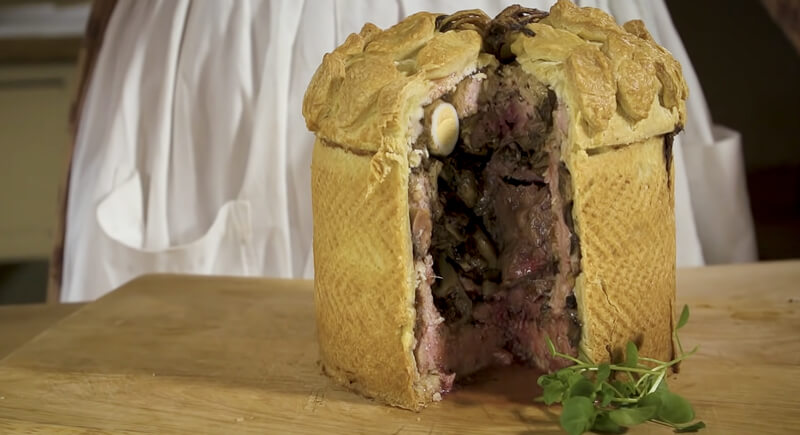
Credit: Youtube
This savory dish came from English kitchens and was common in aristocratic homes by the early 1700s. Pigeon meat is lean, rich in flavor, and a sustainable game meat. This pie had seasoned fillings and was served in thick gravies. The buttery crusts added to the overall experience and flavors.
Haggis
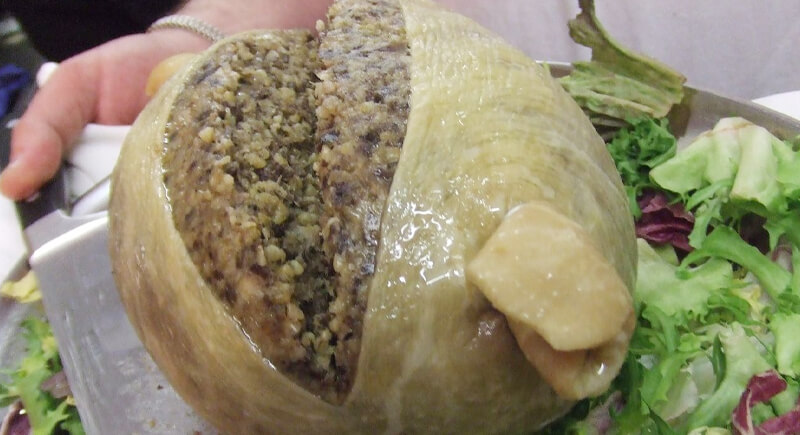
Credit: Wikimedia Commons
Scots made this dish using all parts of the animal—heart, lungs, liver, oats, and spices. Haggis reduced waste and fed families affordably. During the 1700s, people boiled it in a sheep’s stomach, though modern versions use casings. It was often served with mashed turnips and potatoes.
Queen Cakes
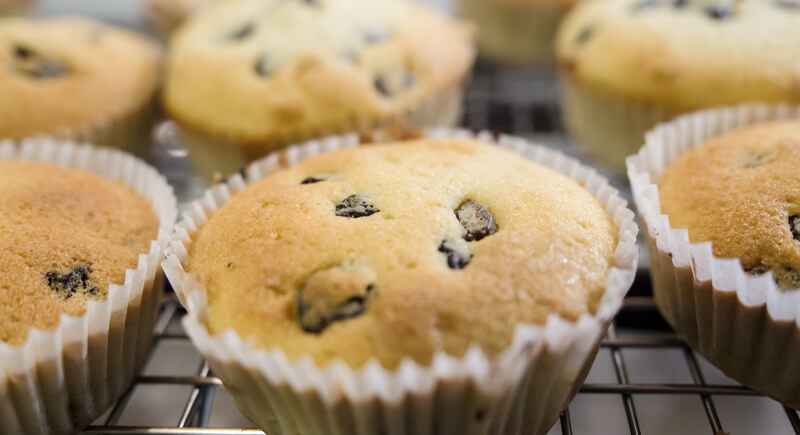
Credit: Wikimedia Commons
Queen Cakes appeared in both British and American kitchens during the 1700s. They used flour, butter, eggs, and dried fruit like currants. These cakes were baked in small tins and resembled today’s muffins. They were named to honor Queen Anne.
Pemmican
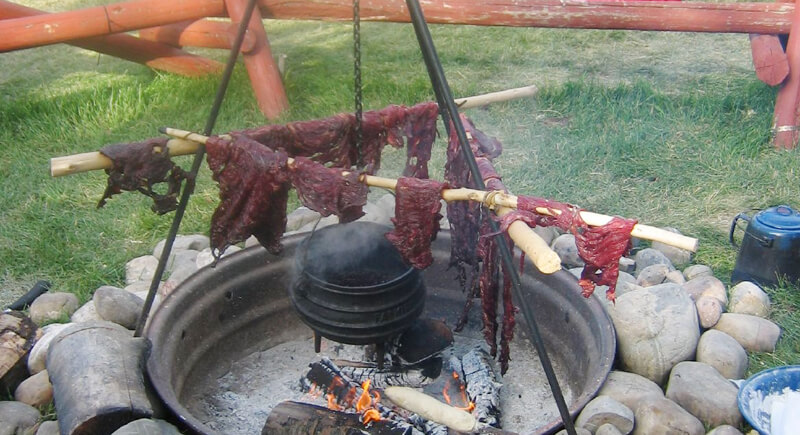
Credit: Wikimedia Commons
Native communities created pemmican long before colonists arrived. This recipe included dried meat, fat, and berries. Traders adopted it in the 1700s because it kept well on long trips. Plus, it was high in energy and protein, which means it kept them full and satiated for longer.
Johnnycakes
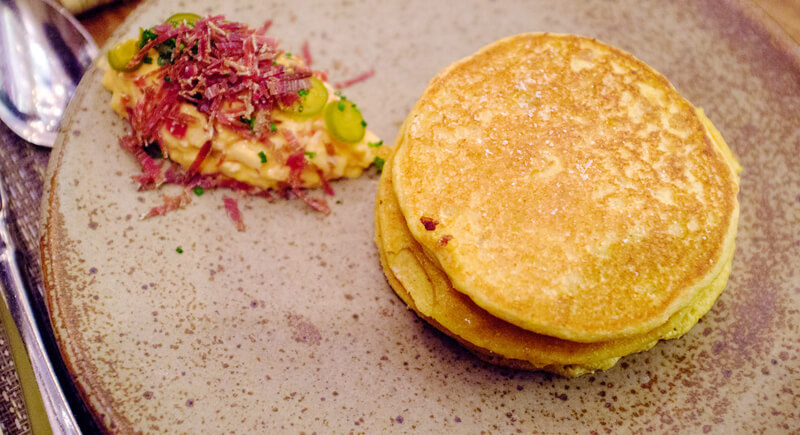
Credit: flickr
Colonists and Native Americans made Johnnycakes using cornmeal, water, and salt. These cakes differed from the others in that they were cooked on hot stones or skillets. They traveled well and fed families on the move. Another plus was they were naturally gluten-free and easy to make.
Oyster Loaves

Credit: Youtube
These hollowed-out rolls held creamy oyster stew inside. Cooks along the East Coast served them hot in the 1700s. Since oysters were cheap back then, they were commonly used in everyday meals. These loaves were the earliest version of bread bowls.
Mashed Potatoes with Gravy
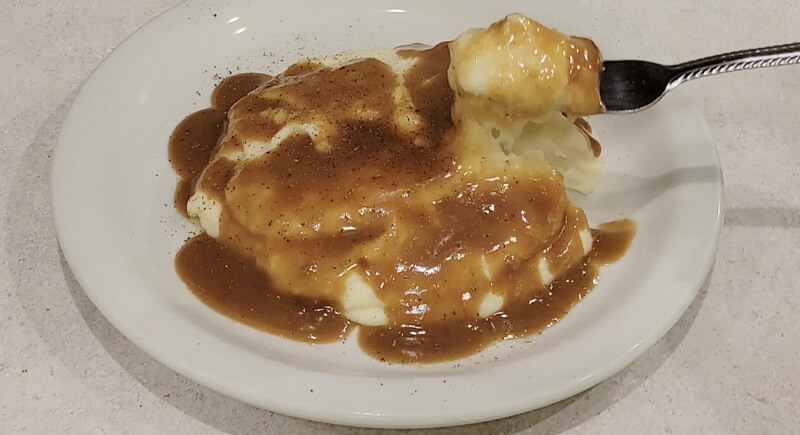
Credit: Youtube
By the late 1600s, potatoes became a popular ingredient across Europe. Cooks mashed them with butter and cream and poured meat drippings on top for additional flavors. The side dish fueled farm workers and royal courts alike. While this recipe wasn’t completely lost in history, different versions are available today, minus the gravy.
Pot Roast (Braised Beef)
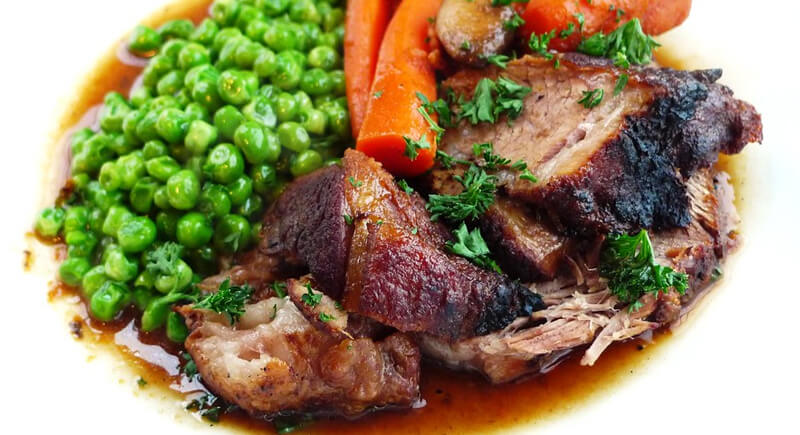
Credit: flickr
Colonial cooks knew how to stretch tough cuts, and this recipe was the perfect example. They braised beef in stock with onions, carrots, and herbs until tender. This technique made less expensive meat flavorful and soft. The recipe made a comeback and became ideal for meal prepping and feeding large groups.
Pease Porridge
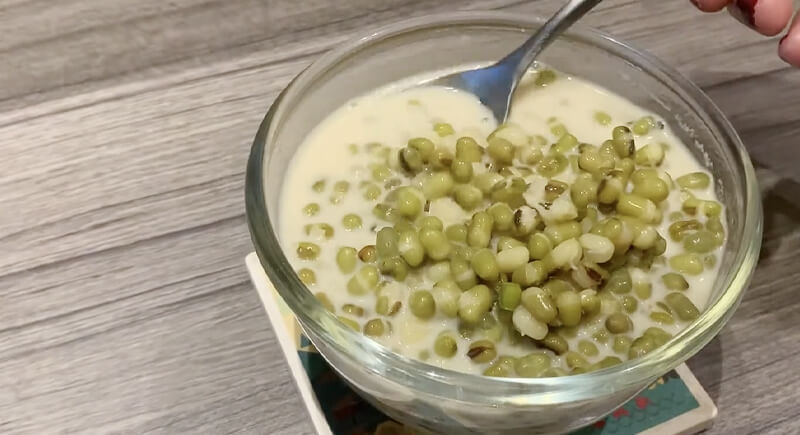
Credit: Youtube
This thick dish of split peas fed the poor and rich in 1700s Britain. It was affordable, filling, and often eaten with salted pork. This recipe was popular because it was plant-based, protein-rich, and versatile. You can make, reheat, spice, or serve it cold—just like they did.
Stewed Eels
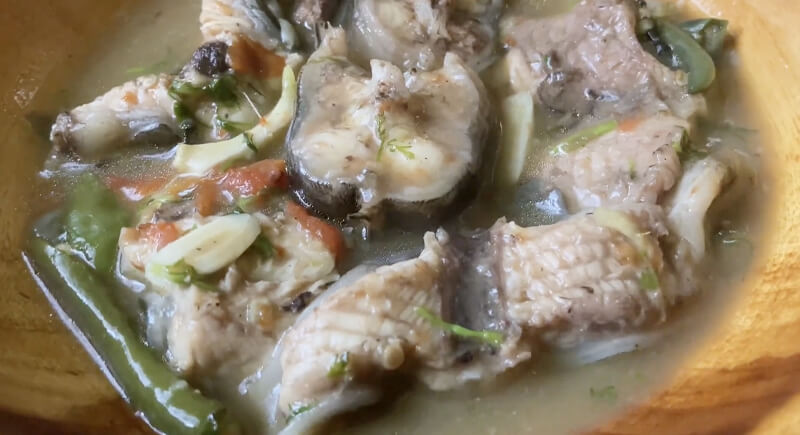
Credit: Youtube
In the 1700s, eels filled rivers and became an easy protein source. Stewing them with onions, pepper, and herbs made a rich and earthy meal. Eels are still common in parts of Europe and Asia. They’re sustainable and nutritious, with a taste close to fish or squid.
Frumenty
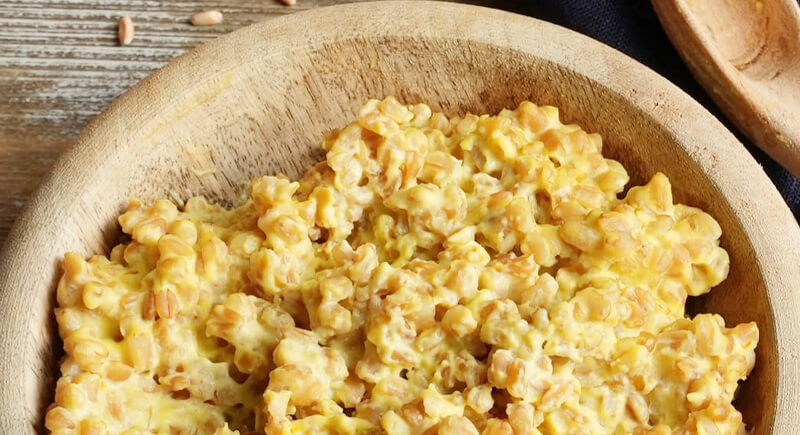
Credit: Facebook
Before breakfast cereals existed, people made frumenty. This porridge used cracked wheat cooked in milk or broth, sometimes sweetened or spiced. You can serve it as a savory grain bowl or a sweet breakfast. It’s filling, flexible, and easy to customize.
Ragout of Fowl
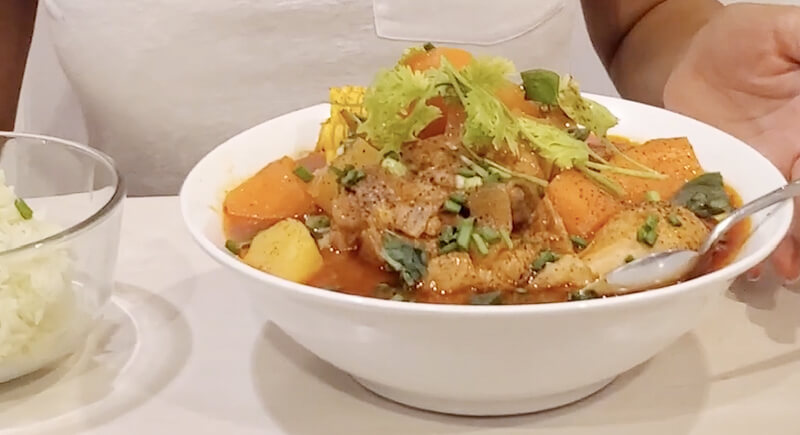
Credit: Youtube
Imported French recipes shaped elite colonial menus through dishes like ragout of fowl. Cooks browned poultry and simmered it with herbs, wine, and vegetables. The result was tender and flavorful. The recipe is easy to adapt with chicken thighs and a Dutch oven or slow cooker.
Syllabub
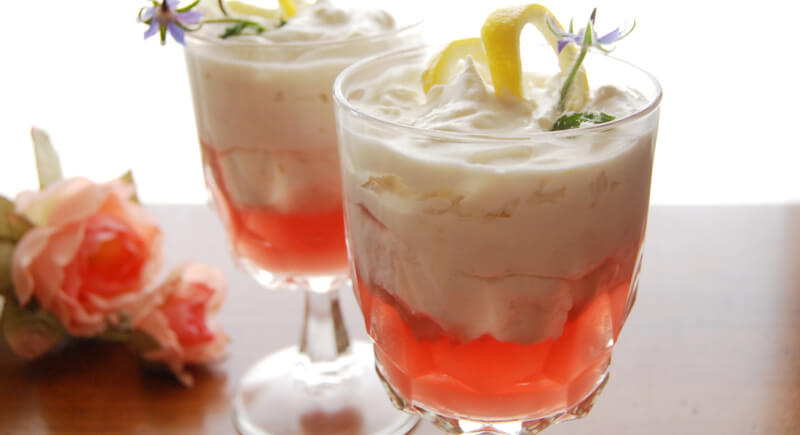
Credit: Wikimedia Commons
Syllabub was a party drink. It combines cream, sugar, and white wine or lemon juice whipped into a frothy mix. People served it chilled in glasses. This classic was light and tangy, and it worked well for summer dinners or brunches. The best part is that it can even be made alcohol-free.
Barley Water
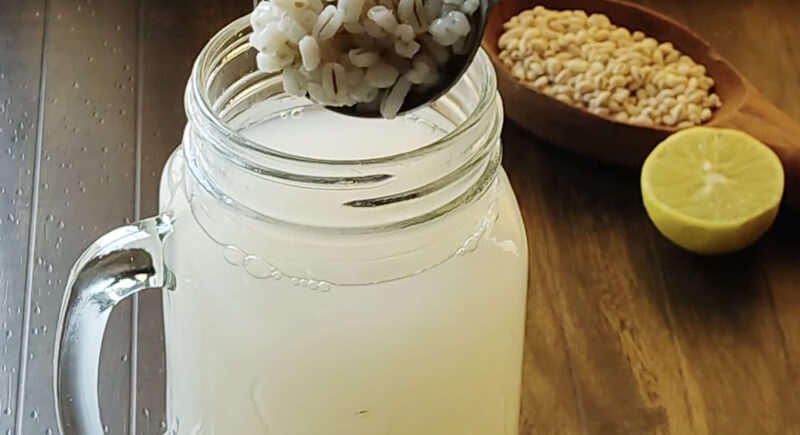
Credit: Youtube
Barley water is made by boiling grains and adding lemon and sugar after straining. It was common in the 1700s as a home remedy for digestion or fever. Today, it fits into wellness trends as a hydrating drink. You can drink it warm or cold, sweet or plain.
Minced Meat Pie
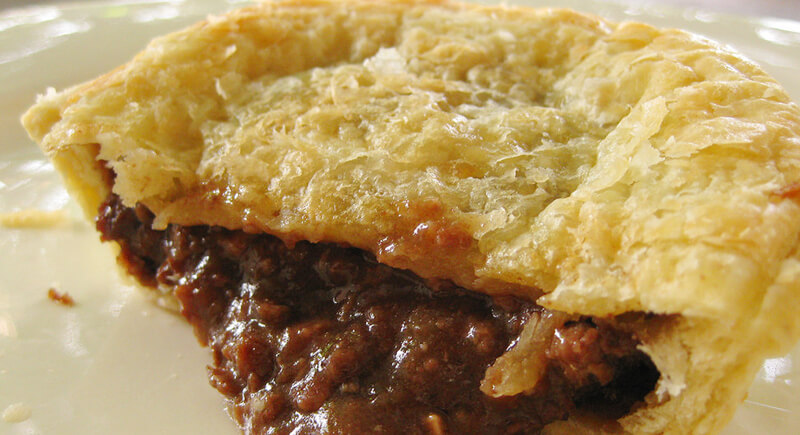
Credit: flickr
In the 1700s, mince pies weren’t always sweet. The original version combined finely chopped beef, suet, dried fruit, and spices to create a savory-sweet flavor unlike anything modern pies offer. Homemade mincemeat can include lamb, game, or even lentils for a modern twist on a forgotten tradition.
Indian Pudding
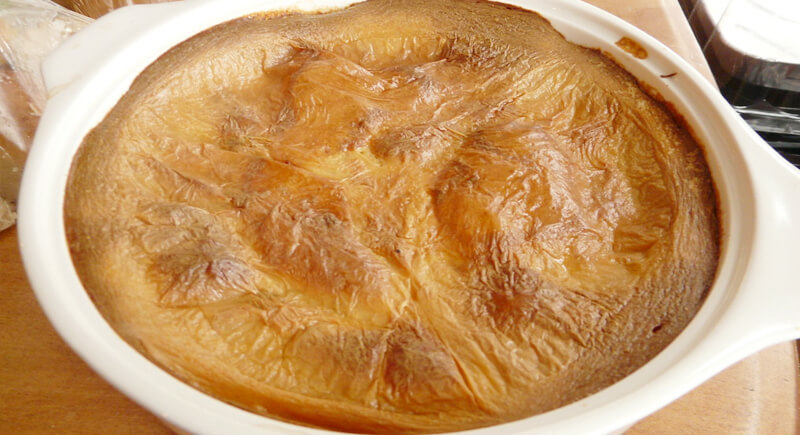
Credit: flickr
This warm dessert originated in New England and used local cornmeal instead of European flour. Cooks baked it slowly with milk, molasses, and spices. Its texture was dense and custardy. It’s also gluten-free, economical, and perfect for cold evenings.
Blancmange
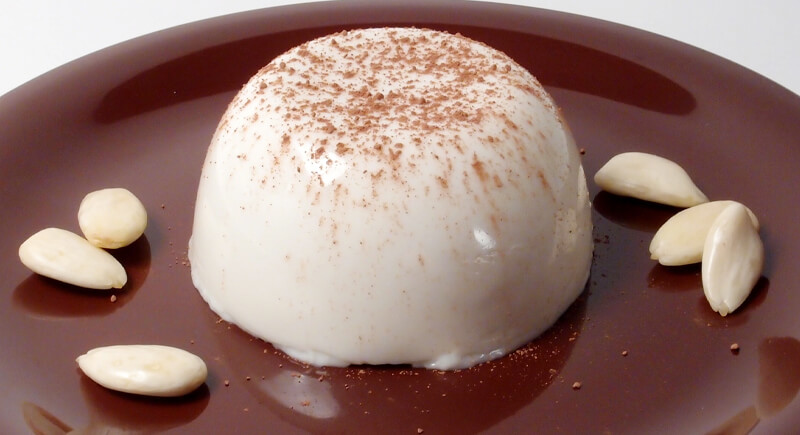
Credit: Wikimedia Commons
Blancmange started as a medieval dish but took off in the 1700s. It used almond milk, gelatin, and sugar to create a molded dessert with a silky finish. The recipe was also popular in aristocratic homes, as it was easy to flavor with rosewater or citrus.
Cabbage Pudding
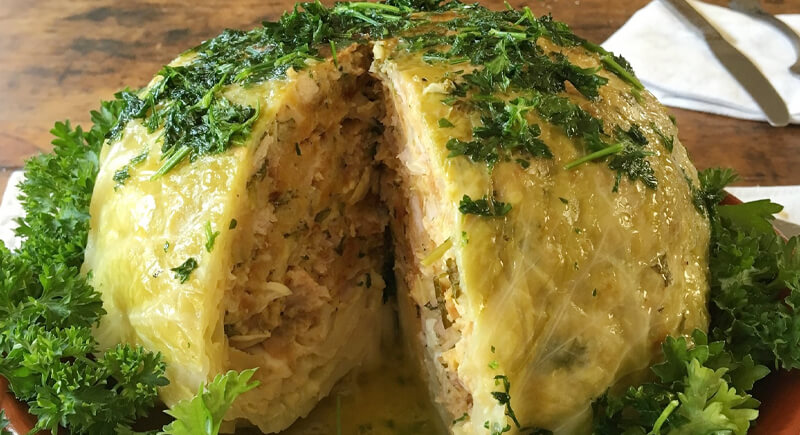
Credit: Facebook
This boiled suet pudding uses chopped cabbage, breadcrumbs, and eggs wrapped in cloth and boiled until set. It was cheap, filling, and easy to make without an oven. It’s a creative way to repurpose leftovers; you can add mushrooms, lentils, or herbs for a vegetarian version.
Fish Head Soup
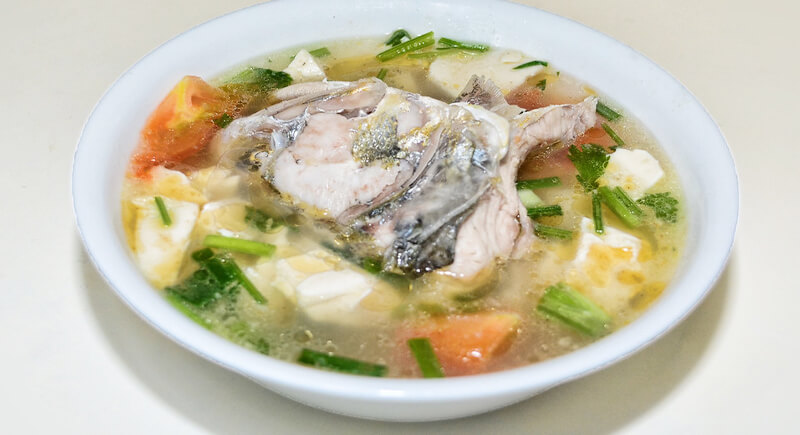
Credit: flickr
Colonial cooks made hearty soup from fish heads, bones, and root vegetables. This zero-waste recipe used every part of the catch, and the broth was rich in collagen and minerals. Chefs can use this method to create sustainable and flavorful chowders that reduce food waste and cost.
Ratafia Biscuits
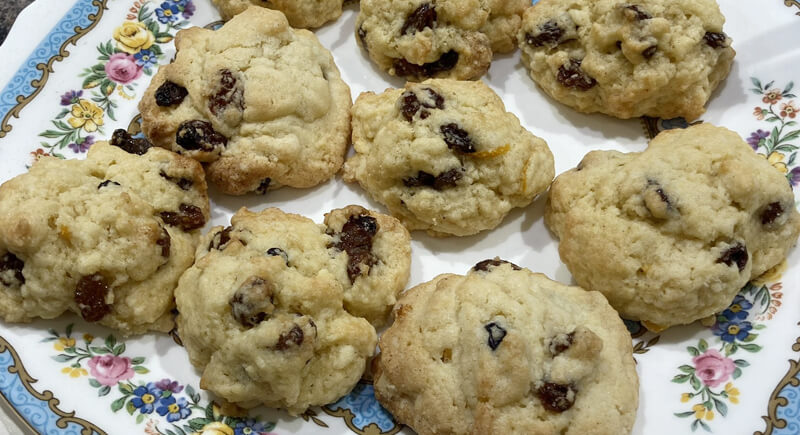
Credit: X.com
These crisp almond cookies were flavored with bitter almond or apricot kernels and served with wine or coffee. They resembled early macarons but had a firmer crunch. Ratafia biscuits appeared in both English and French kitchens.
Boiled Custard
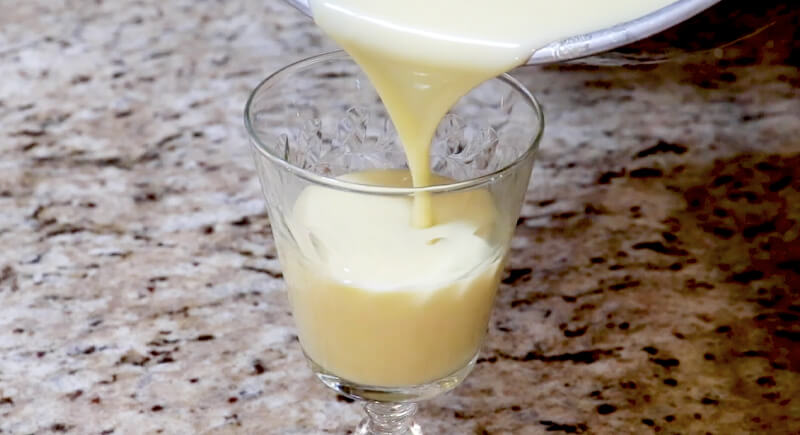
Credit: Youtube
Boiled custard mixed milk, eggs, sugar, and nutmeg into a warm drink. It’s not wrong to say it was the colonial version of eggnog, minus the booze. Families served it at holidays and gatherings as the simple recipe doubled as a drinkable dessert.



